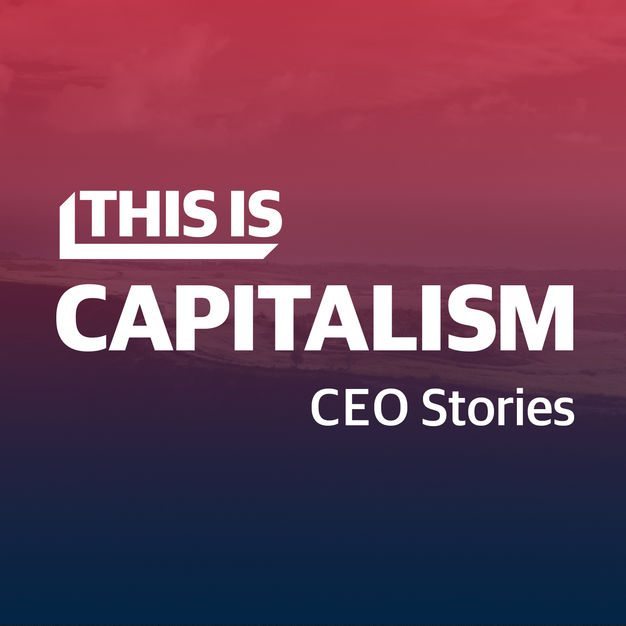
This is Capitalism: CEO Stories
This is Capitalism
“This is Capitalism: CEO Stories”, the intersection of the free market and entrepreneurial success stories. Here we speak with leading CEOs, academics, philanthropists and up and comers on their contributions and perspectives on the American economy. This podcast is a part of “This is Capitalism”, a branded content series sponsored by Stephens Inc., aims to educate and inform the public about the free market. Stephens Inc. is a full service investment banking firm headquartered in Little Rock, Arkansas. Since its inception in 1933, privately held Stephens Inc. has served a broad client base which includes corporations, state and local governments, financial institutions, institutional investors and individual investors throughout the United States and overseas. For more information, visit www.stephens.com or www.thisiscapitalism.com. Member NYSE, SIPC.
- 39 minutesKathryn Leary, Founder of OneFirelight
Kathryn Leary shares her inspiring journey of blending spirituality, fitness, and business, rooted in a deep commitment to health and well-being. One Firelight is a platform that merges holistic wellness with the empowering message of Bob Marley's music. Kathryn discusses insights into entrepreneurial resilience, growth, and conscious capitalism.
29 October 2024, 6:46 pm - 16 minutes 57 secondsHunter Hastings, Author of Aberrant Capitalism
Author Hunter Hastings explores capitalism’s evolution, highlighting current challenges like bureaucracy and financialization. He shares his optimistic vision of a more decentralized, customer-driven future, fueled by digital innovation.
29 October 2024, 6:35 pm - 23 minutes 57 secondsTrey Thaxton, Owner of Goldmill Co. and Greenwood Ave.
Trey Thaxton, founder of GoldMill, discusses his creative agency's focus on meaningful design and Greenwood Avenue's celebration of Black entrepreneurship. He emphasizes Greenwood’s lasting legacy beyond the Tulsa Massacre, the importance of access to capital for Black businesses, and a collective mindset for progress.
29 October 2024, 6:18 pm - 25 minutes 38 secondsMandy Richardson, Publisher of Little Rock Soirée, founder of the Women's Leadership Symposium
Mandy Richardson, publisher of Little Rock Soirée and founder of the Women's Leadership Symposium & Summits, discusses how the Little Rock Soirée evolved from a monthly magazine into a platform for women's leadership, professional development, and fostering community connections.
26 August 2024, 5:07 pm - 28 minutes 2 secondsDarren Magarro, President of DSM
Darren Magarro founded his marketing agency after opting to realign his priorities. Over 17 years, he built a culture centered on work-life balance, strong relationships, and community involvement.
26 August 2024, 3:58 pm - 47 minutes 51 secondsThis Is Capitalism: Inspired, Explained, In Focus with Roger Steele, golf personality, advocate and entrepreneur
Roger Steele, a golf enthusiast turned entrepreneur, shares his journey from reluctant golfer to passionate advocate. He discusses golf's positive impact during the pandemic, the challenges of inclusivity, and his transition from engineering to storytelling. His story emphasizes community, resilience, and the importance of collaborative partnerships in business.
15 April 2024, 1:00 pm - 38 minutes 42 secondsRyan McSpadden, Intersport's Chief Revenue Officer
We sat down with Ryan McSpadden, Intersport Chief Revenue Officer, to discuss pickleball's surge in popularity, its unique appeal, and its potential for growth. Ryan highlights factors like community, accessibility, and multi-generational appeal driving its success.
8 April 2024, 10:25 pm - 33 minutes 54 secondsThis Is Capitalism: Inspired, Explained, In Focus with Dr. Victoria Ramirez, Executive Director of the Arkansas Museum of Fine Arts
Dr. Victoria Ramirez discusses the Arkansas Museum of Fine Arts' history, community engagement, and future initiatives. We touch on the role of women in shaping the museum, its outreach efforts, successful fundraising, and programs tailored for younger generations. Ramirez emphasizes honoring the museum's legacy while adapting to modern needs and preferences.
4 April 2024, 12:30 pm - 18 minutes 41 secondsSarah Hurst, CEO of Bella's Kitchen and Wellness
Sarah Hurst, owner of Bella's Kitchen and Wellness, started with a focus on healthier eating for kids, evolving into family meals and wellness classes. We discuss challenges, expansion plans, and advice for entrepreneurs.
25 March 2024, 8:51 pm - 23 minutes 40 secondsThis Is Capitalism: Inspired, Explained, In Focus with Lily Cochrane, a board member at the Wake Forest Center for Private Business.
Lily Cochrane is the former executive director for the Wake Forest Center for Private Business. The Center assists privately owned businesses in North Carolina, providing resources for various industries and ownership structures. Cochrane discusses the Center's evolution, business challenges, especially family-owned businesses, and the importance of networking and mentorship.
4 March 2024, 3:00 pm - 30 minutes 54 secondsMeet Your Hosts
Welcome to This Is Capitalism: Inspired, Explained, In Focus the podcast that brings capitalism to life through stories of innovators, entrepreneurs, philanthropists and academics. Here we explore the power of capitalism in driving economic growth and creating opportunities.
28 February 2024, 8:11 pm - More Episodes? Get the App
Your feedback is valuable to us. Should you encounter any bugs, glitches, lack of functionality or other problems, please email us on [email protected] or join Moon.FM Telegram Group where you can talk directly to the dev team who are happy to answer any queries.
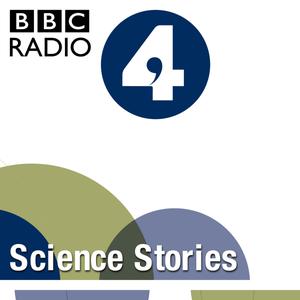 Science Stories
Science Stories
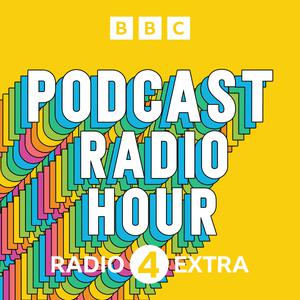 Podcast Radio Hour
Podcast Radio Hour
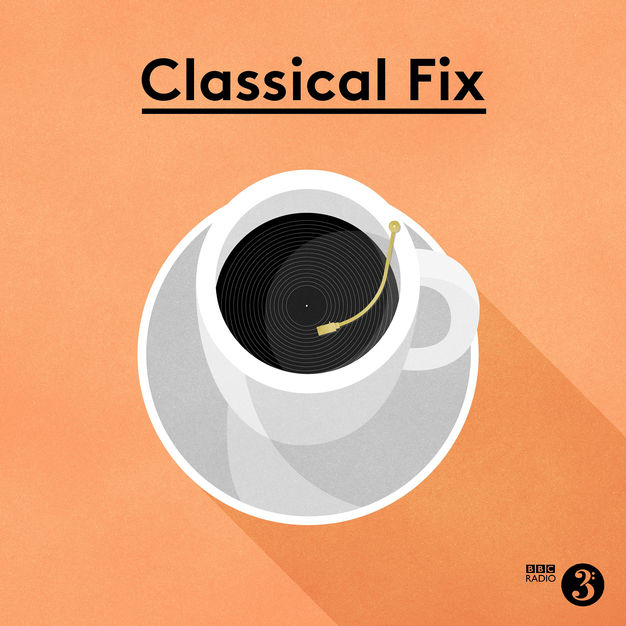 Classical Fix
Classical Fix
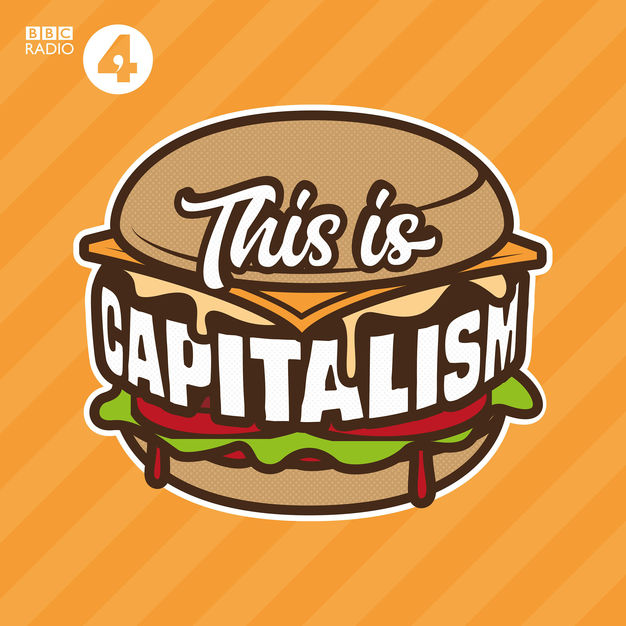 This is Capitalism
This is Capitalism
 File on 4
File on 4